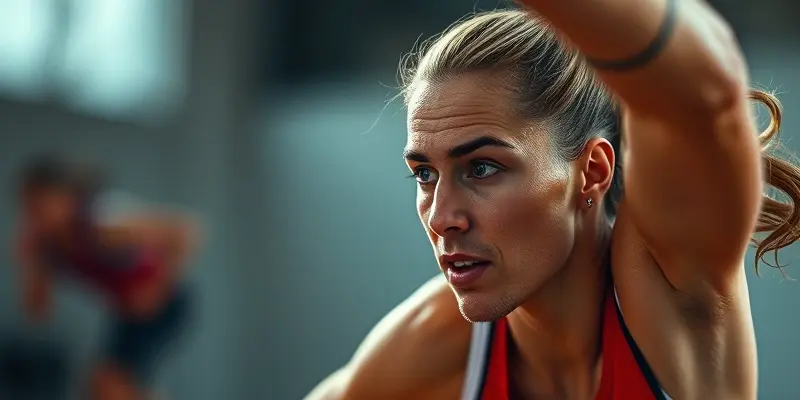Healing Like a Pro: What We Can Learn from Brianna Decker’s Recovery Journey
Injuries are an unfortunate reality for anyone leading an active lifestyle. Whether you’re a weekend warrior, an amateur competitor, or a professional athlete, knowing how to recover the right way makes all the difference. Today, let’s explore the inspiring recovery story of Brianna Decker—a champion ice hockey player—and discover practical lessons for your own road to recovery.
Who Is Brianna Decker, and What Happened?
Brianna Decker is a name every hockey fan knows well. A star on Team USA, Decker has represented her country in multiple Olympic Games and has earned respect for both her skill and tenacity.
But during the opening game at the 2022 Beijing Olympics, adversity struck. Just ten minutes in, Decker’s left leg became trapped in a fall. The result? A broken fibula and multiple torn ligaments in her ankle. Her tournament—and Olympic dream—ended in that painful instant. Yet her approach to recovery offers valuable insight for athletes everywhere.
The Foundations of Athletic Injury Recovery
1. Get Medical Help and a Clear Diagnosis
Even the toughest athletes need expert care. Decker’s injury required immediate imaging and specialist evaluation, ensuring that her treatment addressed every issue, not just what “felt” wrong.
Tip for You: Don’t “tough it out” after an injury. Quick, professional medical assessment is crucial—it clarifies the damage and rules out complications, setting the stage for targeted recovery.
2. Structured Rehabilitation Is Everything
Decker’s recovery started with surgery just days after returning home. But that was only the beginning. Her rehabilitation was systematic:
- Six weeks in a cast or boot for initial healing
- Gradual reintroduction of movement
- Four-mile daily walks combined with custom workouts
Staying active within medical limits was key—not just for her leg, but for her overall strength and mindset.
Tip for You: After your doctor gives the green light, follow a plan that rebuilds movement and strength step by step. Physical therapy isn’t just a box to check—it’s your pathway back to performance. For a detailed approach, consider using an injury recovery checklist to structure your rehab process effectively.
3. Psychological Support: The Untold Hero
Physical healing is only half the battle. Decker faced the emotional shock of being sidelined during her third Olympics. She found meaning and motivation by staying involved:
- Acting as an on-bench mentor and extra set of eyes for Team USA
- Drawing comfort from her pet dog, Missy, who helped maintain routine and positivity
- Connecting with social networks and fellow athletes
Tip for You: Engage your support system—family, friends, teammates, or even your pet! Being part of the process, rather than isolated from your activity, helps keep your mindset strong.
4. Embrace Patience and Adaptability
Sometimes, a serious injury changes the game plan. Decker’s injury led her to retire from professional play, but not before she gave full effort to her rehab, mentoring, and personal well-being.
Tip for You: Adjust your goals as needed, honor your progress, and give healing the time it demands. Recovery isn’t just about getting back to your old self—it’s about discovering your new strengths.
Practical Recovery Steps for Everyday Athletes
Inspired by Decker’s journey? Here’s what you can do:
- See a Professional: Early assessment prevents further harm.
- Follow a Rehab Plan: Customize it—not just generic rest, but progressive activity.
- Support Your Mind: Talk to your circle, stay connected, use mental health tools.
- Stay Active—Safely: Explore new ways to move, even if temporarily different from your main sport.
- Set and Review Goals: Allow room for flexibility and self-compassion.
Conclusion: Your Journey, Your Comeback
Brianna Decker’s path wasn’t easy, but it was driven by expertise, support, and resilience. Every athlete’s injury and recovery are unique, but a holistic approach—medical, physical, and emotional—gives you the best chance at returning stronger.
Interested in more recovery tips or inspiring athlete stories? Share your own recovery experiences below, or join our GymPulse Club community for expert advice and motivation. Every setback is a setup for a comeback—make yours count!

